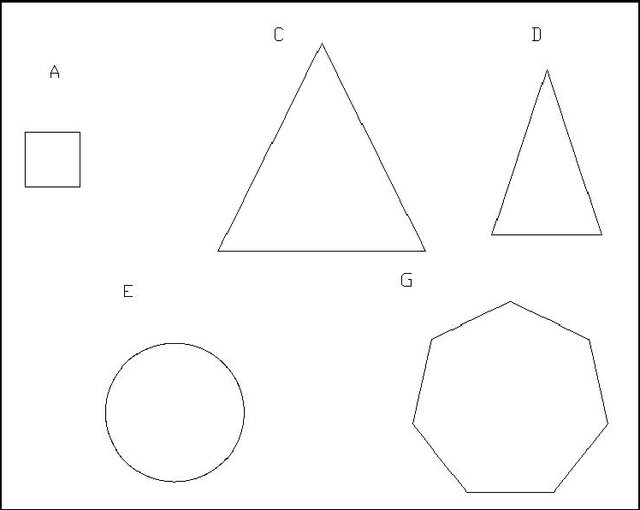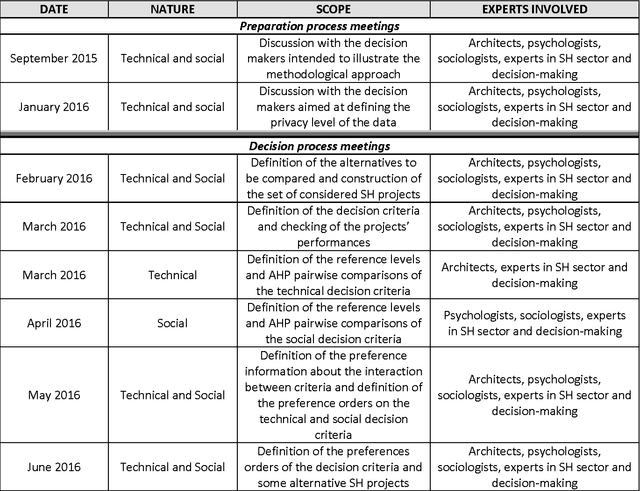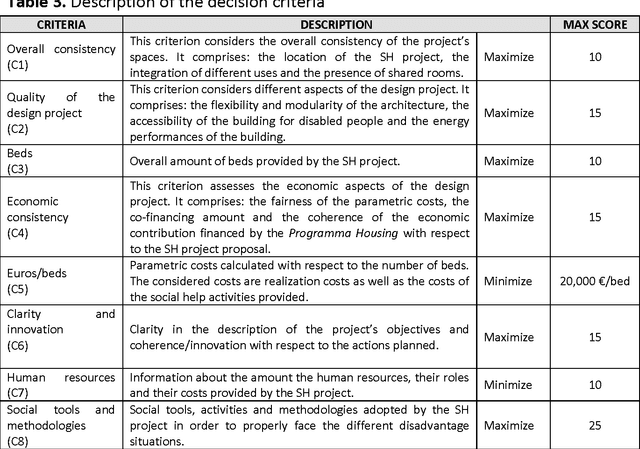Salvatore Corrente
An Explainable and Interpretable Composite Indicator Based on Decision Rules
Jun 16, 2025Abstract:Composite indicators are widely used to score or classify units evaluated on multiple criteria. Their construction involves aggregating criteria evaluations, a common practice in Multiple Criteria Decision Aiding (MCDA). In MCDA, various methods have been proposed to address key aspects of multiple criteria evaluations, such as the measurement scales of the criteria, the degree of acceptable compensation between them, and their potential interactions. However, beyond producing a final score or classification, it is essential to ensure the explainability and interpretability of results as well as the procedure's transparency. This paper proposes a method for constructing explainable and interpretable composite indicators using "if..., then..." decision rules. We consider the explainability and interpretability of composite indicators in four scenarios: (i) decision rules explain numerical scores obtained from an aggregation of numerical codes corresponding to ordinal qualifiers; (ii) an obscure numerical composite indicator classifies units into quantiles; (iii) given preference information provided by a Decision Maker in the form of classifications of some reference units, a composite indicator is constructed using decision rules; (iv) the classification of a set of units results from the application of an MCDA method and is explained by decision rules. To induce the rules from scored or classified units, we apply the Dominance-based Rough Set Approach. The resulting decision rules relate the class assignment or unit's score to threshold conditions on values of selected indicators in an intelligible way, clarifying the underlying rationale. Moreover, they serve to recommend composite indicator assessment for new units of interest.
A robust hierarchical nominal classification method based on similarity and dissimilarity
Dec 12, 2018



Abstract:Categorization by Similarity-Dissimilarity is a multiple criteria decision aiding method for dealing with nominal classification problems (predefined and non-ordered categories). Actions are assessed according to multiple criteria and assigned to one or more categories. A set of reference actions is used for defining each category. The assignment of an action to a given category depends on the comparison of the action to the reference set according to a likeness threshold. Distinct sets of criteria weights, interaction coefficients, and likeness thresholds can be defined per category. When applying Cat-SD to complex decision problems, considering a hierarchy of criteria may help to decompose them. We propose to apply Multiple Criteria Hierarchy Process (MCHP) to Cat-SD. An adapted MCHP is proposed to take into account possible interaction effects between criteria structured in a hierarchical way. We also consider an imprecise elicitation of parameters. With the purpose of exploring the assignments obtained by Cat-SD considering possible sets of parameters, we propose to apply the Stochastic Multicriteria Acceptability Analysis (SMAA). The SMAA methodology allows to draw statistical conclusions on the classification of the actions. The proposed method, SMAA-hCat-SD, helps the decision maker to check the effects of the variation of parameters on the classification at different levels of the hierarchy. We propose also a procedure to obtain a final classification fulfilling some requirements by taking into account the hierarchy of criteria and the probabilistic assignments obtained applying SMAA. The application of the proposed method is showed through an example.
Using a new parsimonious AHP methodology combined with the Choquet integral: An application for evaluating social housing initiatives
Apr 24, 2017



Abstract:We propose a development of the Analytic Hierarchy Process (AHP) permitting to use the methodology also in cases of decision problems with a very large number of alternatives evaluated with respect to several criteria. While the application of the original AHP method involves many pairwise comparisons between alternatives and criteria, our proposal is composed of three steps: (i) direct evaluation of the alternatives at hand on the considered criteria, (ii) selection of some reference evaluations; (iii) application of the original AHP method to reference evaluations; (iv) revision of the direct evaluation on the basis of the prioritization supplied by AHP on reference evaluations. The new proposal has been tested and validated in an experiment conducted on a sample of university students. The new methodology has been therefore applied to a real world problem involving the evaluation of 21 Social Housing initiatives sited in the Piedmont region (Italy). To take into account interaction between criteria, the Choquet integral preference model has been considered within a Non Additive Robust Ordinal Regression approach.
 Add to Chrome
Add to Chrome Add to Firefox
Add to Firefox Add to Edge
Add to Edge